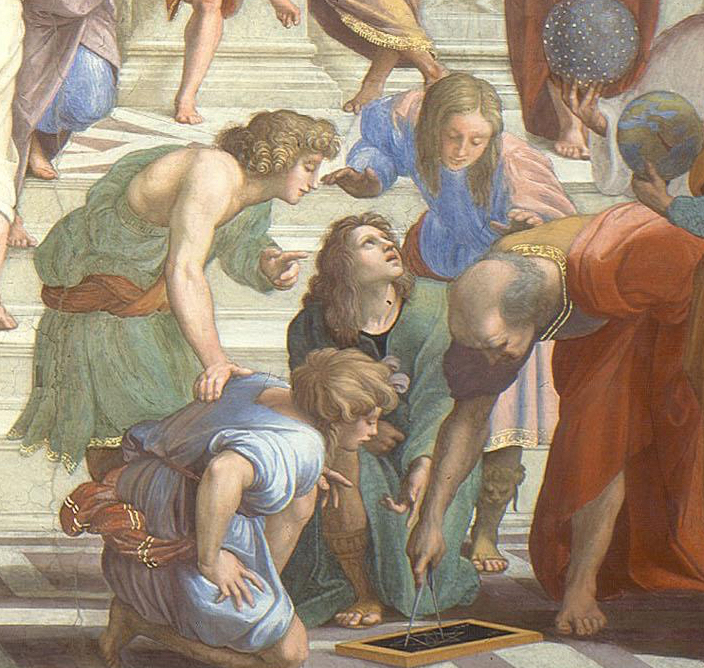Backstory to The Aesthetics of Piet Mondrian
I wrote The Aesthetics of Piet Mondrian — my first book — while in my twenties. Writing my Ph.D. dissertation taught me how to organize and execute a large-scale project like this one.
When I first joined the Humanities (i.e., history of ideas) program at San Francisco State College in 1970, the department chair offered me the opportunity to teach a course entitled “Contemporary Culture.” My Ph.D. work had focussed on Renaissance English literature; but, at that age, I was full of self-confidence, and looked forward to the challenge.
Where to start? I wanted to expand my intellectual horizons beyond English literature; and, in one of those inspirations that come from… somewhere .. I decided that the paintings of Piet Mondrian most clearly represented both the emerging trend and the incomprehensible (at first glance) mystery of modern art.
Information was no so easily accessible in the early 1970s as it is today. Nevertheless, there were a few books devoted to Mondrian’s art and some leading references to his ideas about what he was trying to accomplish.
So I read, studied, thought, and finally published the conclusions of my efforts in The Aesthetics of Piet Mondrian.
Many years later, when I read Tom Wolfe’s The Painted Word, I came to see the dilemma of modern art in a wider context. As Wolfe asserts, it is very difficult, if not impossible, to understand what every abstract artist is trying to accomplish unless you have someone — usually an art critic — explain the theory behind each work. In Western art down to the beginning of the twentieth century, educated people with an understanding of the Bible and classical literature could comprehend any painting they encountered. Now, at least with abstract art, viewers who want more than just a flash of color need an experienced guide, one who has delved into the thought and practice of abstract artists and returned to enlighten those of us uninitiated in the mysteries of their practice.
Though I still love Mondrian’s paintings — even the early post-Impressionist and Theosophical works — I have lost the will and patience to explore the dark intricacies of abstract artists’ ways, and so now prefer those painters who rely on mastery of traditional techniques of representation to show me how they see the world.



